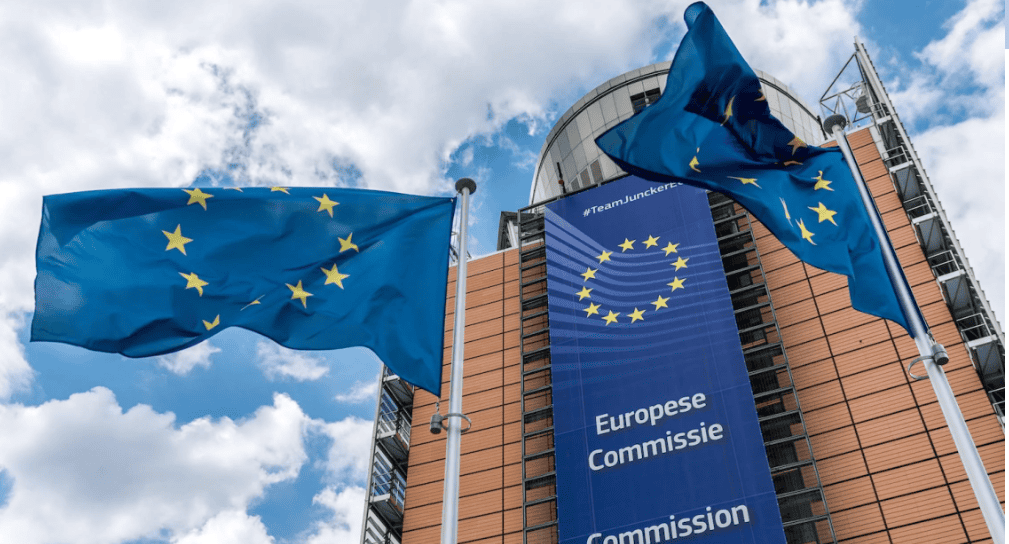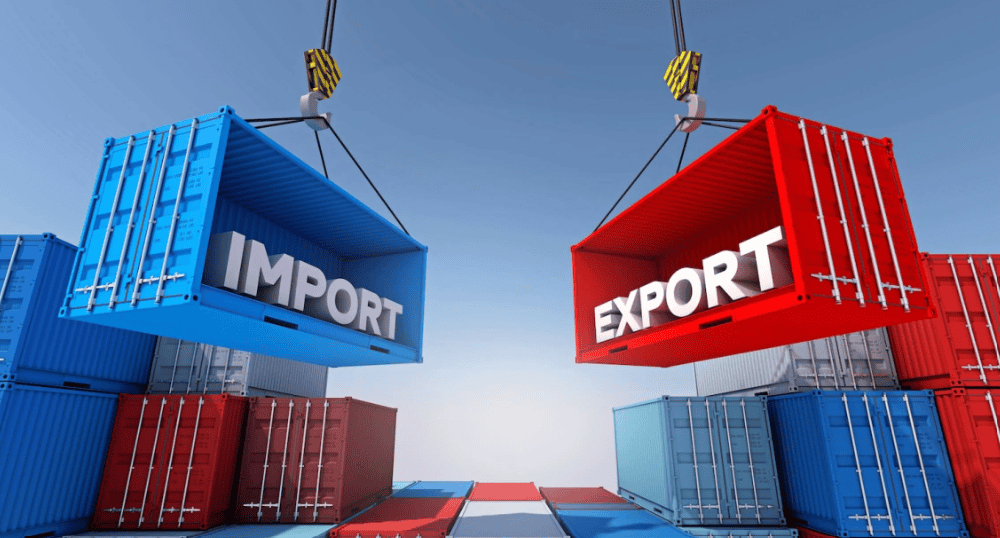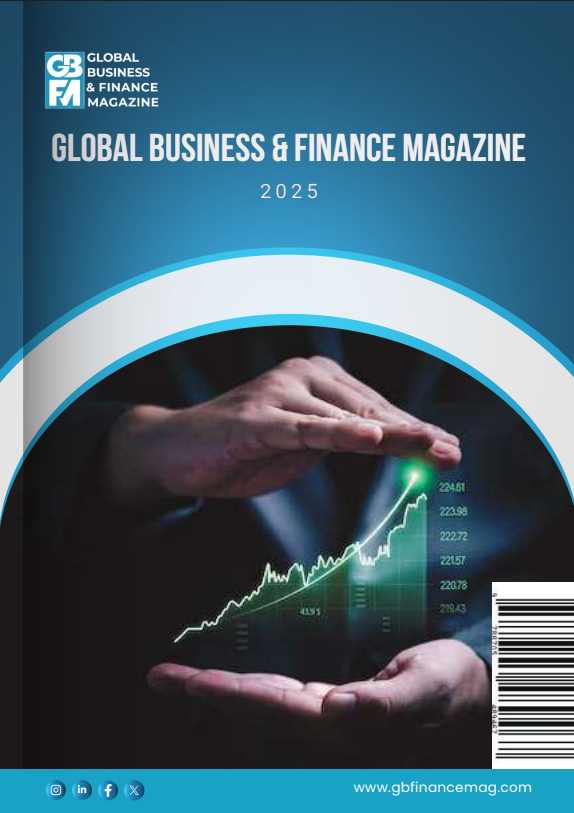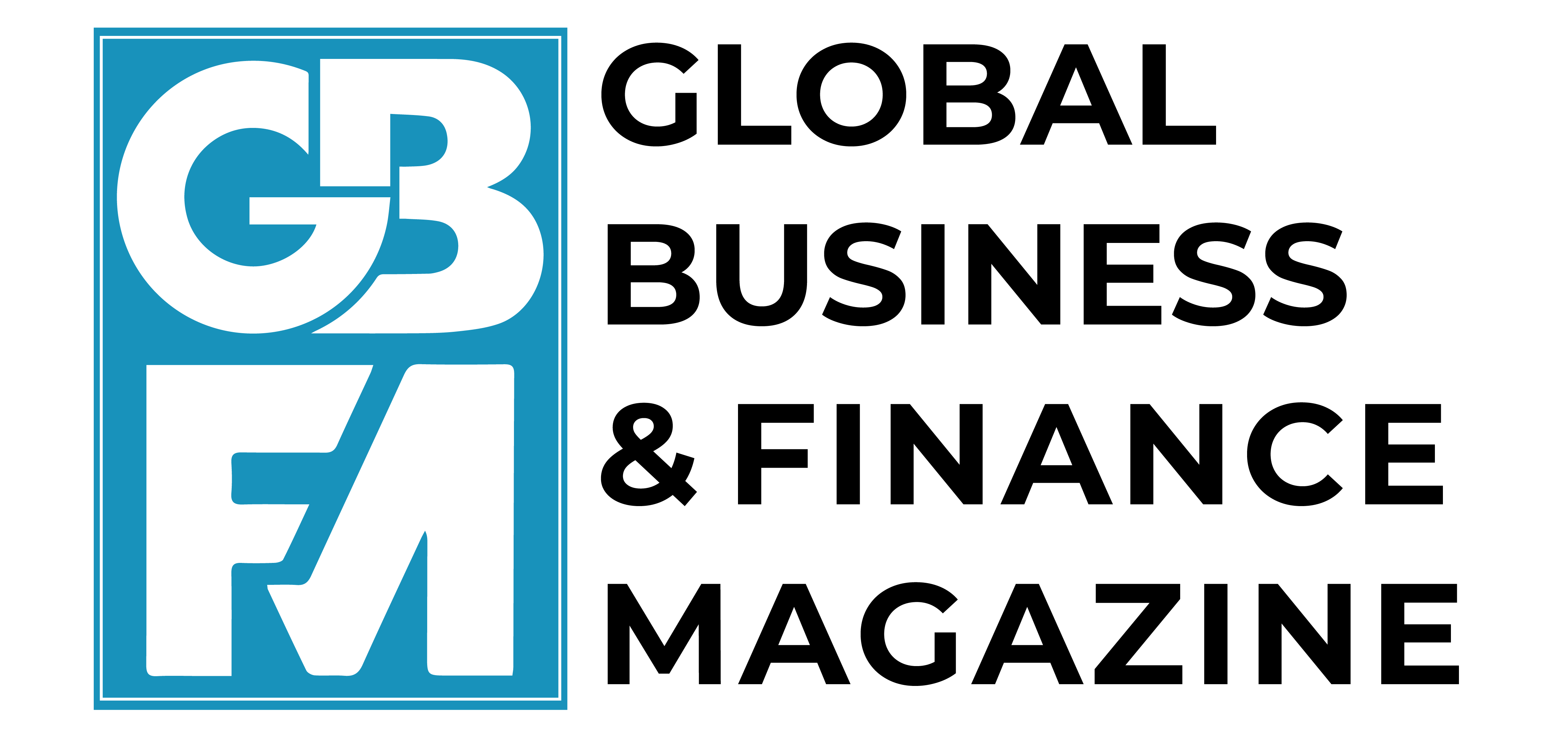AI misinformation and the value of trusted news

Artificial intelligence tools can now produce highly realistic text, images, and videos at almost no cost, prompting concerns that the proliferation of fabricated content may
Why households save and work: The role of risks, bequest motives, and family dynamics

Household saving and labour supply are shaped by many risks – wages, marriage, health, longevity – as well as bequest motives. This column develops a
Turkey sees inflation at 28.5% in 2025 with single digits by 2027, programme says

GDP growth seen at 3.3% in 2025. Turkey’s medium-term economic programme forecasts inflation to hit 28.5% in 2025 and 16% in 2026, before reaching single
Gold hovers near record high ahead of US inflation data

ANZ Group raised its year-end gold price forecast on Wednesday to $3,800 per ounce and expects prices to peak near $4,000 by next June. Gold
The (non) effect of tariffs on manufacturing employment

The two most prominent arguments President Trump has advanced for his trade war – both during the early months of his second term, and for
Investor memory and biased beliefs: Evidence from the field

Financial markets are volatile, and research attributes this to highly variable and often irrational investor beliefs. This column uses a large-scale survey of Chinese retail
Chat Bankman-Fried: An experiment on LLM ethics in finance

As large language models gain traction, it is important to ensure that decisions delegated to them comply with ethical and legal principles. This column reports
How to update the EU Merger Guidelines

There is a growing push from certain quarters for the European Commission to weaken merger control in order to spur greater investment and innovation, higher
How Donald Trump should have tackled the US trade deficit

The US trade deficits will have to be reduced materially to prevent a crisis down the road. This column argues that fiscal consolidation, in association
How wage inequality affects the labour movement

The negative correlation between inequality and unionisation rates in the US has been extensively documented, but while the other direction of causality – the impact





